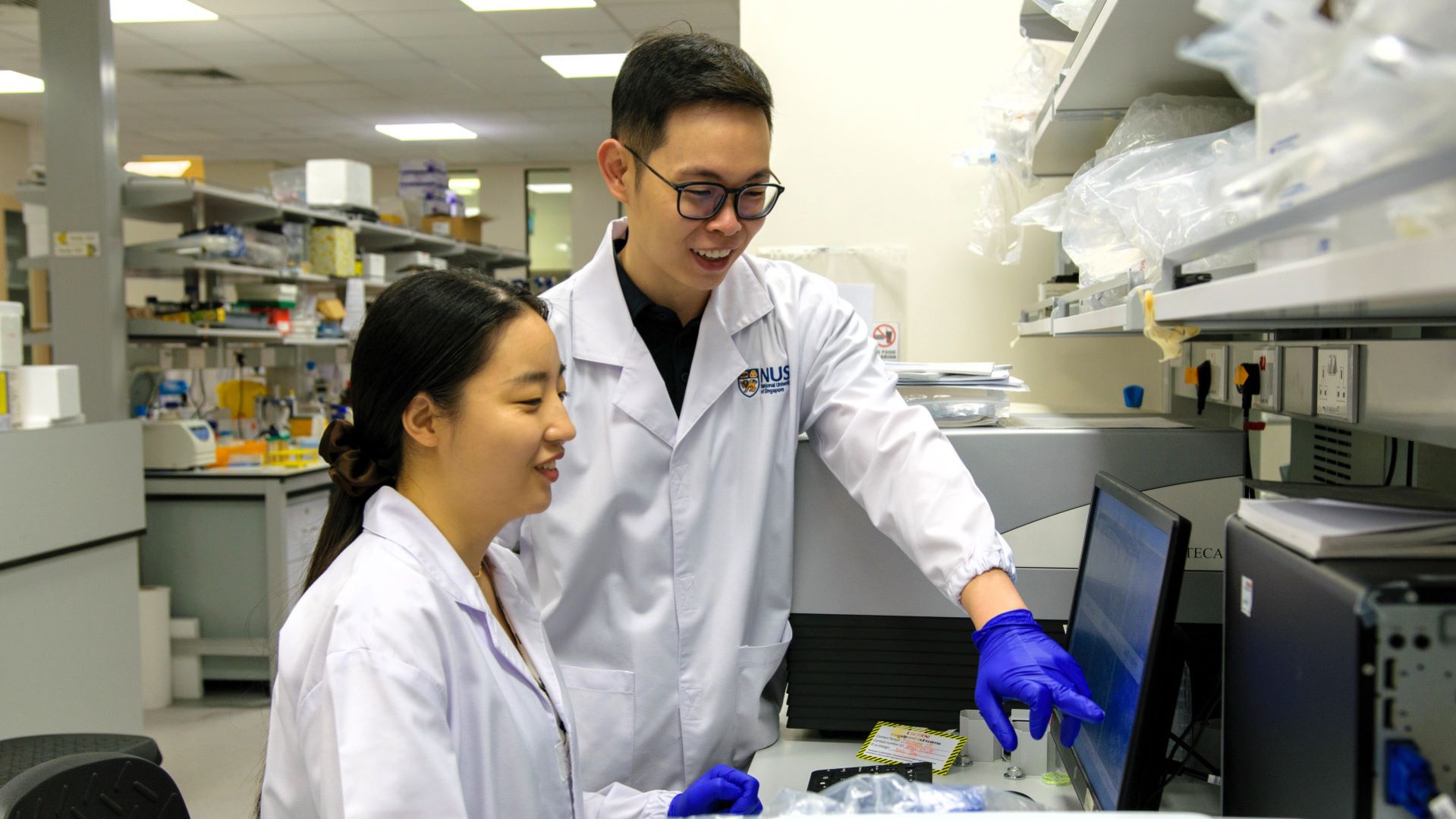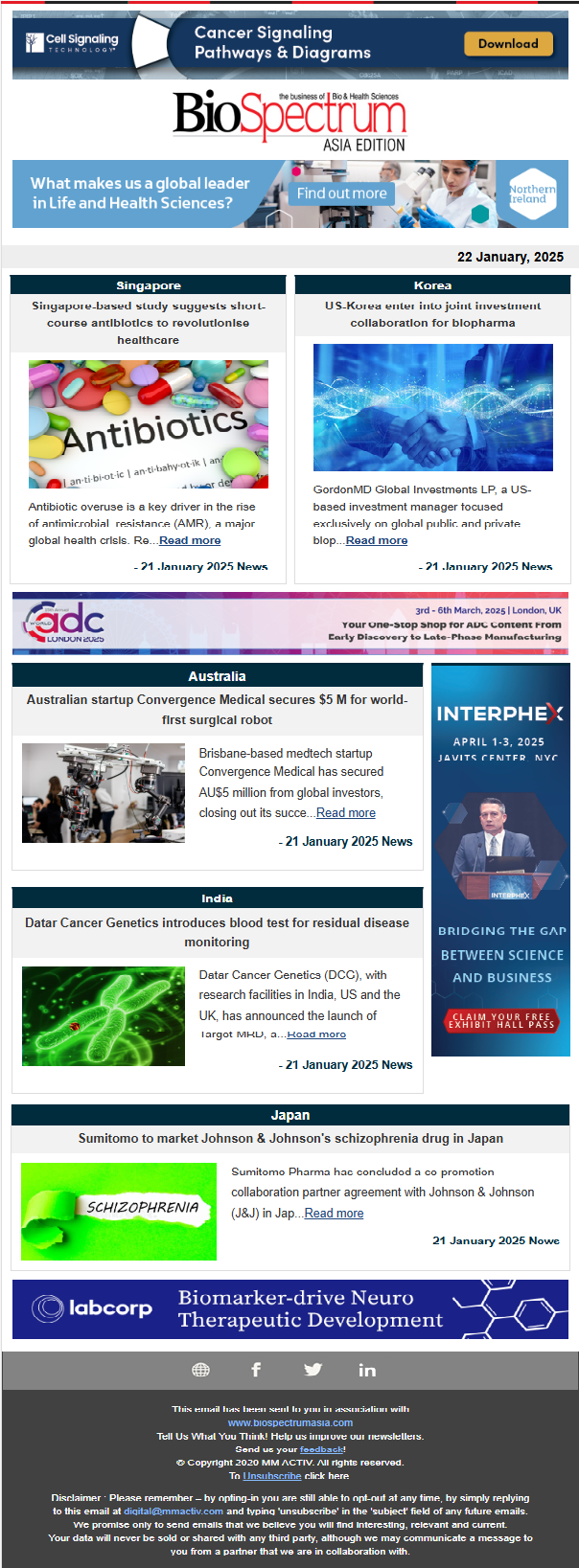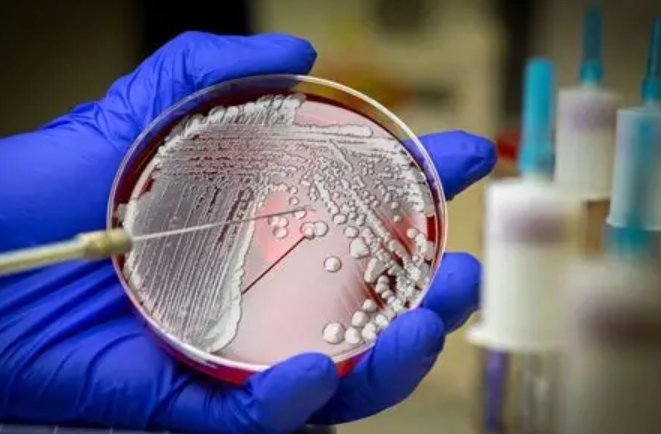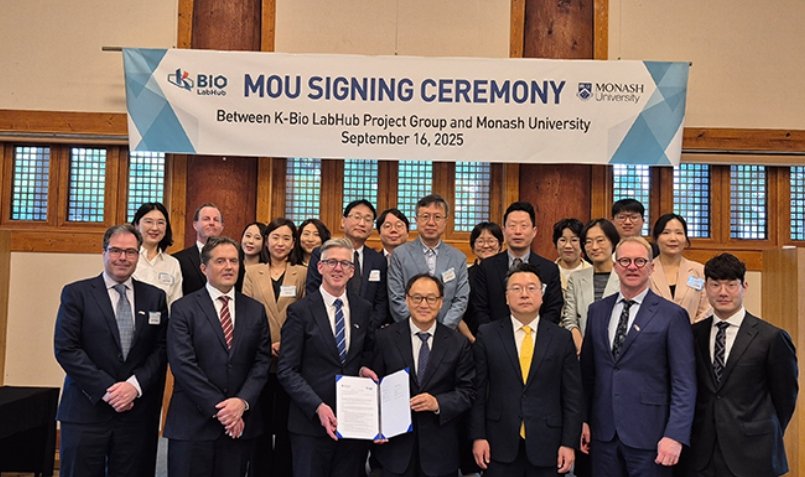
A team of researchers from National University of Singapore (NUS) has developed a novel method to enhance the precision of cancer treatment using gold nanoparticles tagged with DNA barcodes.
Led by Assistant Professor Andy Tay from the Department of Biomedical Engineering in the College of Design and Engineering and Institute of Health Innovation & Technology at NUS, the study demonstrates how gold nanoparticles of specific shapes, such as triangles, excel in delivering therapeutic nucleic acids and heating tumour cells during photothermal therapy. These findings uncover the distinct preferences of tumour cells for certain nanoparticle configurations, which could enable the development of personalised cancer treatments that are safer and more effective.
Beyond cancer treatment, the method has broader therapeutic applications, including RNA delivery and targeting diseases at the organ-specific level.
Gold, when reduced to about one-thousandth the width of human hair, gold nanoparticles shine as therapeutic agents for cancer therapy. For instance, specks of the precious metal are used in photothermal therapy, where particles delivered to the tumour site convert specific wavelengths of light to heat, killing surrounding cancer cells. Gold nanoparticles can also serve as messengers to deliver drugs directly to specific locations within a tumour.
The NUS researchers have turned to DNA barcoding. Each nanoparticle is tagged with a unique DNA sequence, with which the researchers could tag and track individual designs, much like registering a parcel to be shipped by post in a delivery system. Importantly, these barcodes enabled the team to monitor multiple nanoparticle designs simultaneously in vivo, as their sequences could be easily extracted and analysed to locate the nanoparticles’ whereabouts within the body.
The team’s work shines a light on nanoparticle interactions in biological systems and the need to bridge discrepancies between in vitro and in vivo findings, as evidenced by those revealed by the round gold nanoparticles. These insights could guide the development of shape-morphing nanoparticles or intermediate designs tailored to optimise different stages of drug delivery.
Additionally, the research also illuminates the untapped potential of exploring nanoparticle shapes beyond spheres, which dominate those approved by the U.S. Food and Drug Administration. The researchers’ DNA barcoding method could also extend to screen other inorganic nanoparticles such as iron and silica in vivo, broadening the scope for drug delivery and precision medicine.
Looking ahead, the researchers are expanding their nanoparticle library to include 30 designs to identify candidates capable of targeting subcellular organelles. Suitable ones will then be tested for their efficacy in gene silencing and photothermal therapy for breast cancer.




